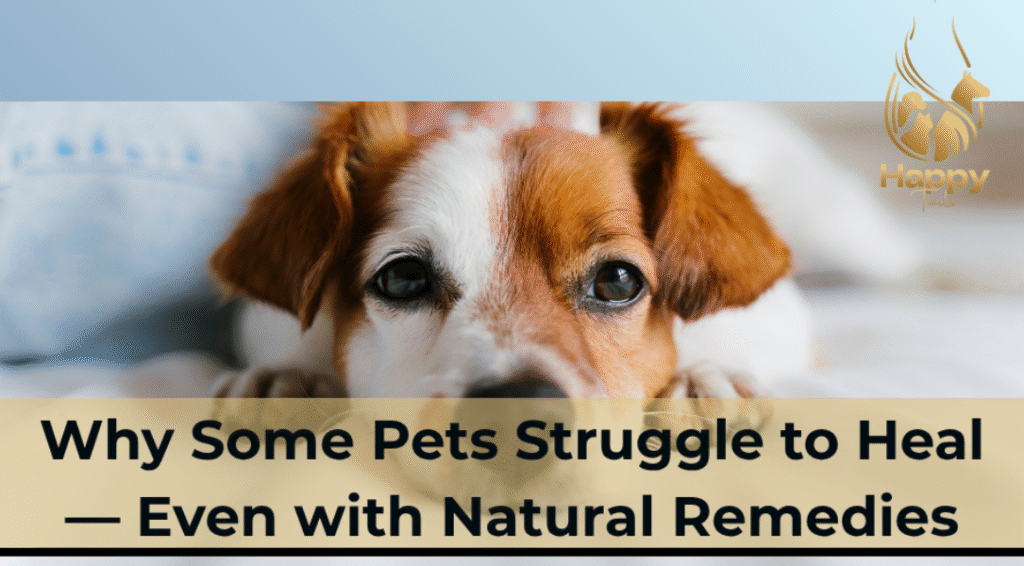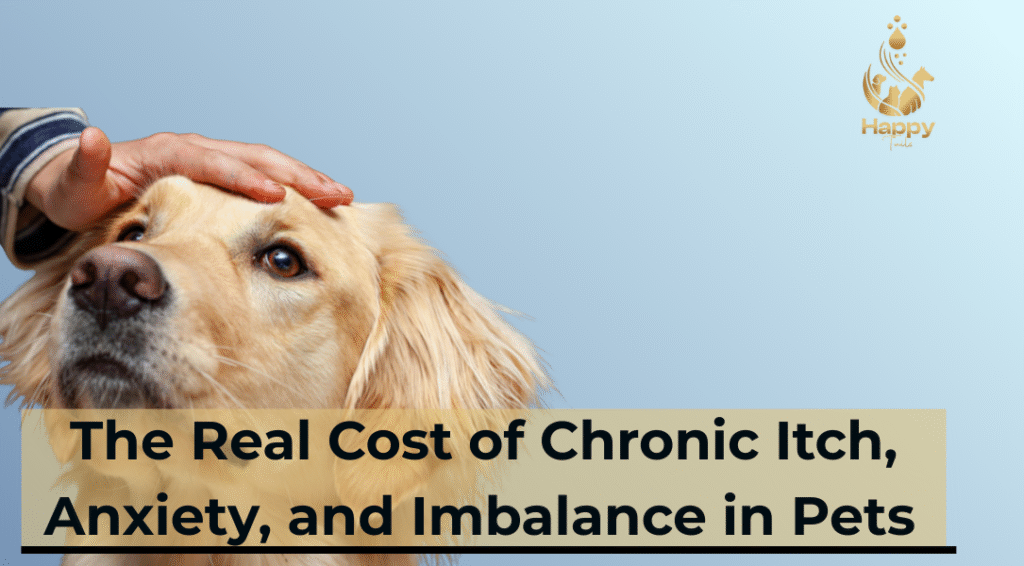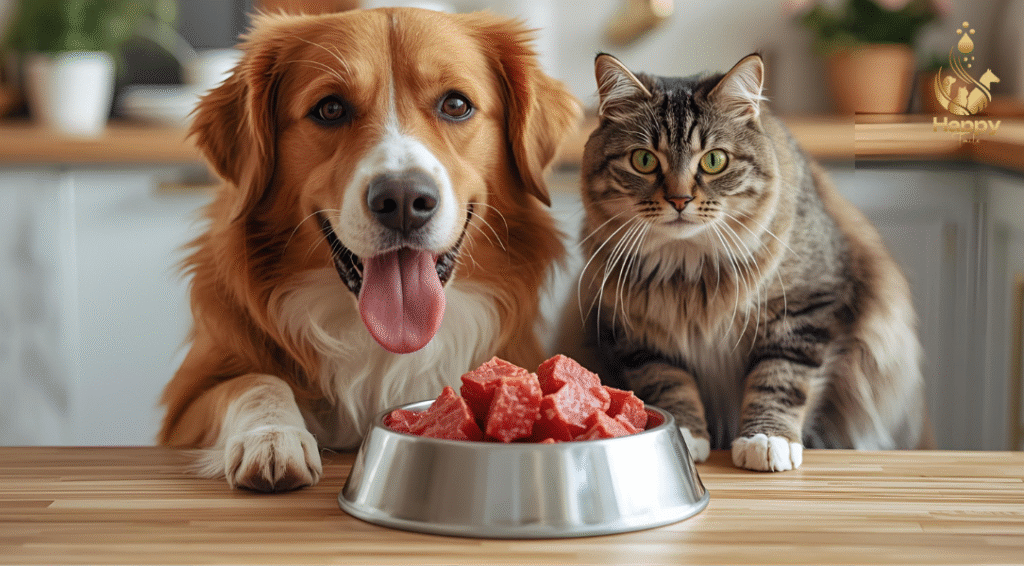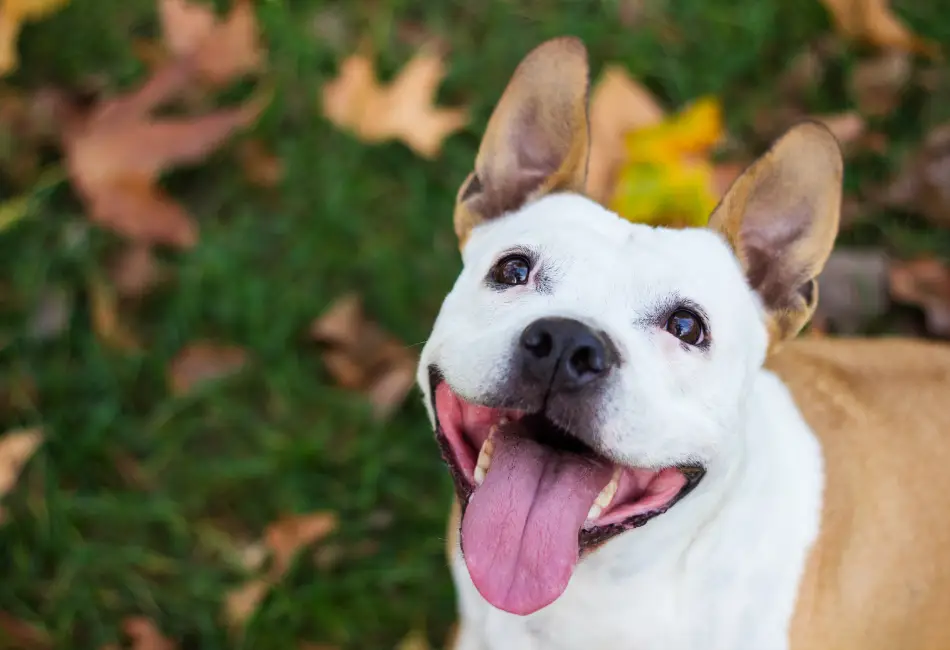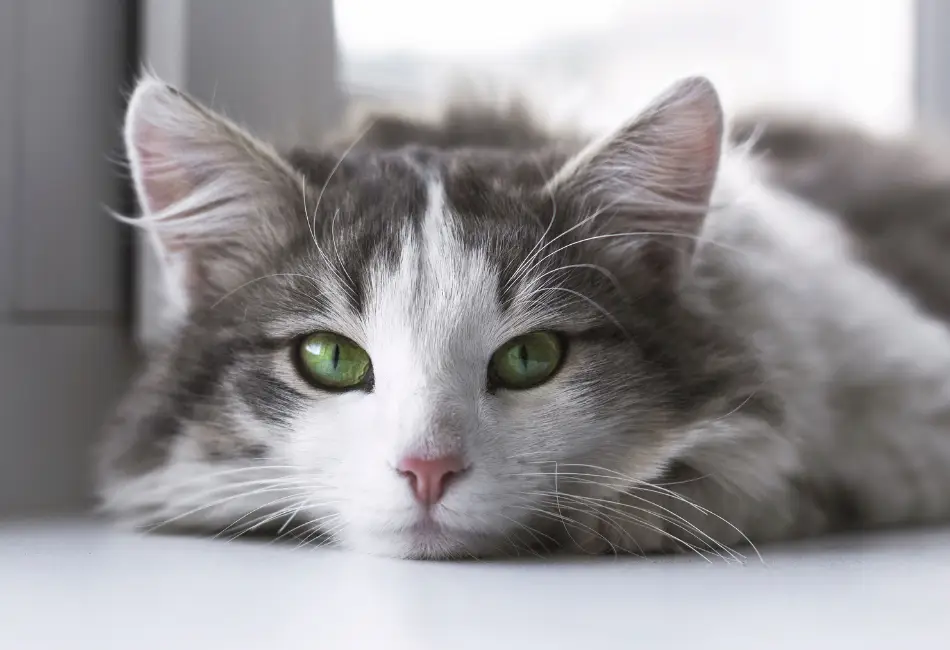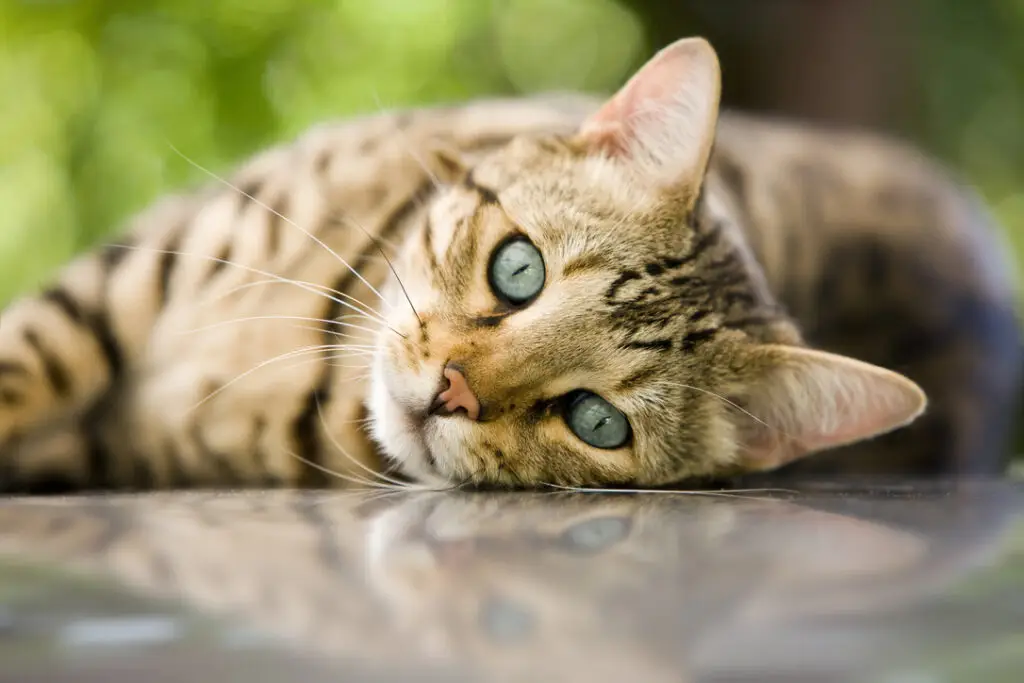What We Mean by “Natural Healing” for Pets — and Why It Sometimes Fails When we talk about natural or holistic healing for pets—whether dogs, cats or horses—we’re referring to therapies that support the body’s own healing intelligence rather than relying solely on pharmaceuticals or conventional interventions. These can include massage, acupuncture, acupressure, water or Read More
Category: Cats
The Real Cost of Chronic Itch, Anxiety, and Imbalance in Pets — and Why Natural Remedies Work Better (and Cost Less)
Chronic vet visits add up fast. Discover the real cost of chronic pet issues—and how natural remedies for itchy, anxious pets restore balance and save you money long-term.
Unlocking True Vitality: The Importance of a Species-Appropriate Diet for Dogs and Cats
In the world of holistic pet healing, many people begin their journey by exploring remedies—herbal blends, essential oils, detox formulas, probiotics, flower essences, and energetic supports. While these tools can make a meaningful difference, there is a foundational truth that often gets lost: healing begins with food. Before any remedy can be fully effective, the Read More
Why Chronic Ear Issues Never Just “Stay in the Ears” — And Why True Healing Starts in the Gut & Immune System
Chronic ear issues are one of the most common concerns guardians face — itching, scratching, head-shaking, black gunk, yeasty smell, recurring infections, or ears that never fully clear. Many animals suffer for months or years, cycling through antibiotics, steroids, and ear cleaners that help temporarily but never resolve the underlying problem. Insight: ear problems never Read More
The Real Cost of Chronic Itch, Anxiety, and Imbalance in Pets — and Why Natural Remedies Work Better (and Cost Less)
Chronic vet visits add up fast. Discover the real cost of chronic pet issues—and how natural remedies for itchy, anxious pets restore balance and save you money long-term.
How Pets Act as Mirrors for Our Inner World
Animals do more than love us—they reflect our emotions and energy. Discover how animals mirror our energy and guide our healing, growth, and awareness.
What exactly is in your cat’s food
IS THIS FOOD OK TO FEED MY CATS? This question came from a client looking for help with her cat, diagnosed with a kidney condition and showing signs of decline: weight loss, retreating to under the bed, lethargy, etc. We evaluated the cat food label and found the first ingredient to be corn. Cats are Read More
How Often Should You Clean The Litter Box? What Your Cat Wants You To Know …
The answer to the question, ‘how often should you clean the litter box?’ is an important one and most importantly to your cat. Answer: Minimum 2 times per day. This is one of those things that should be considered before getting cat or having multiple kitties especially if it makes you wince. Scooping the litter Read More
The Quintessential Cat Garden: How To Design A Catio
What Is a Catio? Think of a time you enjoyed relaxing on a patio. The clock didn’t exist. In a peaceful, comfy shelter under the sky, you felt protected as you looked out on the rest of the world. You can guess what a “catio” is, then. It’s an enclosed cat garden where your beloved Read More
The Raw Food Diet ~ Essential For Sustainable Health and Well-Being
Table of Contents What Is a Raw Food Diet? Not a Trend but True Nutrition BARF and Dr. Billinghurst BARF Is Species-Specific Dispelling Myths of Raw Food Why Kibble Isn’t Food The Role of Living Enzymes Found in Raw Food Why Raw Bones Are Necessary Types of Raw Bones Any Age Is the Right Age Read More

